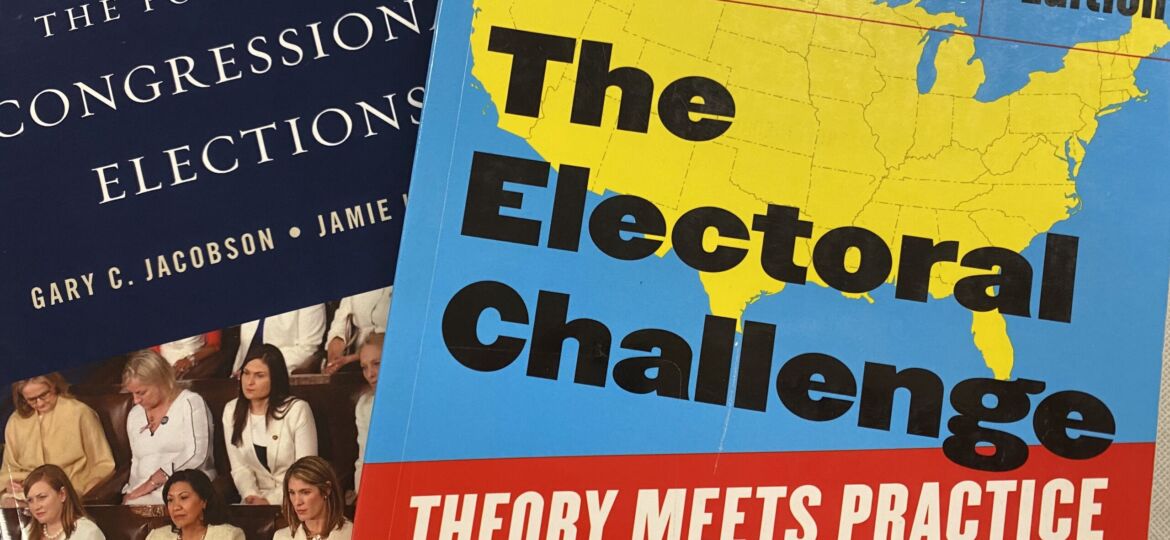
How the Electoral College Works
By Julia King, Contributing Writer
The voters who just can’t get their heads around how exactly the Electoral College works should know they’re not alone. It is one of the most confusing concepts within U.S. politics, but also the key to understanding the outcome of each presidential election. Here’s how it works.
The Electoral College system, designed at a time when voters didn’t have much access to information about presidential races, was meant to find a compromise between a vote by the people and a vote by an elite Congress. In U.S. presidential elections voters do not place their votes for a presidential candidate, but instead votes go to state electors who in turn cast their votes for president.
There are 538 electors in the Electoral College, those being the elected 435 representatives and 100 senators distributed to states based on population and three electors given to the District of Columbia. To win the presidency a candidate must receive a majority of 270 electoral votes.
In the 2016 presidential race, Hillary Clinton won the popular national vote by around 3 million people, but lost the election to Donald Trump who received 306 electoral votes. This is because each state, with Maine and Nebraska as exceptions, has a winner-take-all policy in which all of its electoral votes are cast in line with the state-wide popular vote.
This year might be a bit different, as 13 states and the District of Columbia have entered the National Popular Vote Interstate Compact, an agreement that aims to work around the Electoral College. Under this agreement, the group of states will cast their electoral votes in line with the national popular vote, rather than the popular vote in their state.

